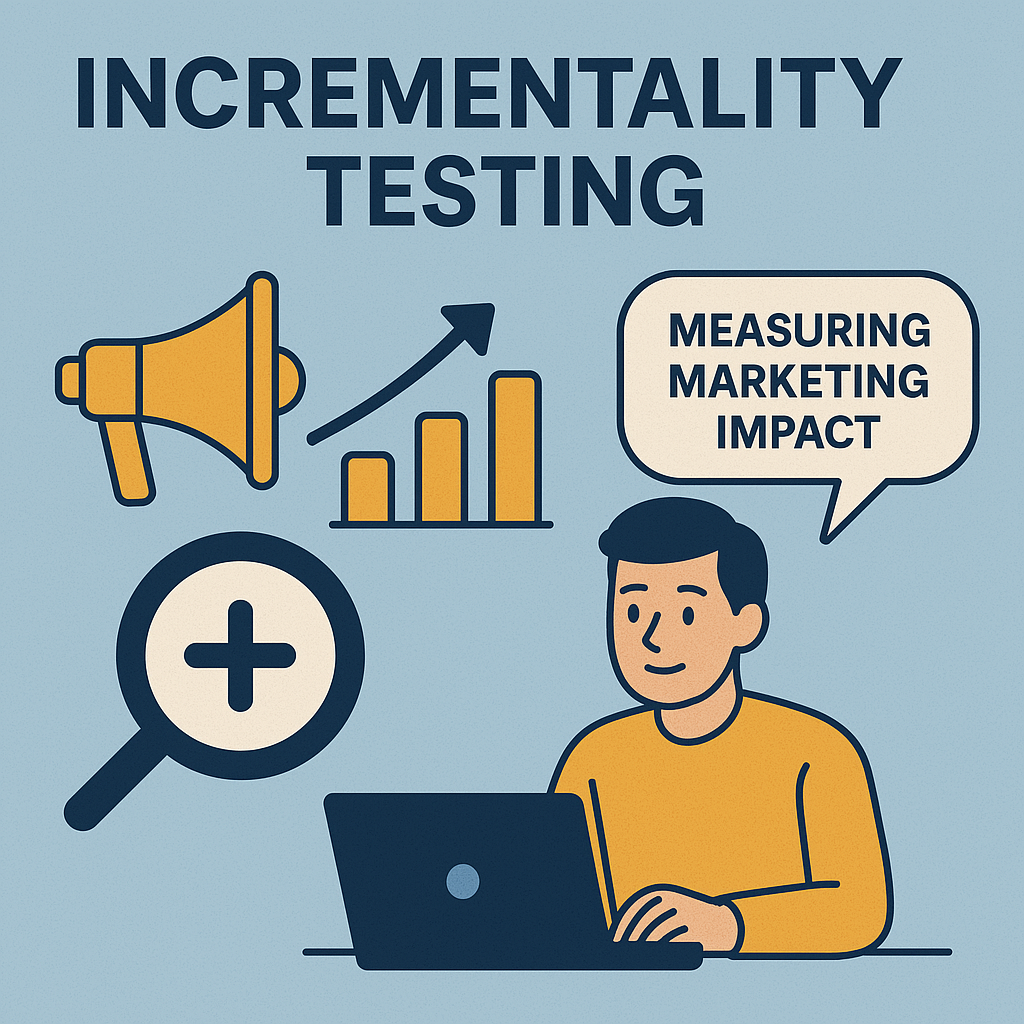Incrementality testing is one key methodology that has emerged to help marketers better understand the effectiveness of their campaigns. This approach not only provides insights into marketing performance but also enables brands to make data-driven decisions that enhance overall marketing effectiveness. In this blog article, we will explore the concept of incrementality testing, its significance, and how businesses can implement it effectively to measure their marketing impact.
Understanding Incrementality Testing
Incrementality testing is an experimental design used in marketing to assess the causal impact of a campaign or a specific marketing strategy. The primary goal is to determine whether the observed results (such as sales, conversions, or engagement) can be attributed directly to the marketing efforts or if they would have occurred without these interventions.
In essence, incrementality testing helps separate the “signal” from the “noise.” It allows marketers to understand how much of their sales or conversions are influenced by their marketing activities as opposed to external factors (like seasonal trends or market behavior). The concept typically involves a comparison between a control group (which does not receive the marketing intervention) and a treatment group (which is exposed to the marketing efforts).
Why is Incrementality Testing Important?
- Quantifying Marketing Impact: Incrementality testing provides concrete data on how effective a campaign or strategy is, allowing marketers to quantify the actual impact of their initiatives. This understanding is critical for allocating budgets and resources effectively.
- Optimizing Marketing Spend: By understanding which channels and campaigns are driving real incremental gains, businesses can optimize their marketing budgets. This means investing more in high-performing strategies and cutting back on those that do not deliver measurable results.
- Improving Campaign Forecasting: With better insights into how marketing activities drive outcomes, businesses can refine their forecasting models, leading to more accurate predictions of future performance based on past incrementality test results.
- Enhanced Learning and Adaptability: These tests provide valuable insights, promoting a culture of experimentation within marketing teams. Companies can learn what works and what doesn’t, and adapt their strategies in real time based on data-driven conclusions.
Methods for Conducting Incrementality Tests
1. A/B Testing
A/B testing is one of the most straightforward methods of conducting incrementality tests. In this approach, two versions of a marketing asset (such as an ad or landing page) are compared. Group A is exposed to one version, while Group B sees the alternative. The behavior of both groups is then analyzed to determine which version has a greater impact on desired outcomes.
2. Randomized Control Trials (RCTs)
RCTs take the principle of A/B testing further by randomly assigning users to either a treatment or a control group. This randomization helps eliminate biases that could skew the results, providing a clearer understanding of the true impact of a marketing strategy.
3. Geo-Testing
Geo-testing involves implementing a campaign in specific geographic regions while keeping other regions as a control group. By comparing performance between these regions, marketers can gauge the incremental effects of their efforts.
4. Time-Based Testing
This method measures performance over time, comparing metrics before, during, and after a campaign. By assessing trends and fluctuations in data, marketers can identify the incremental impact of marketing activities on performance metrics.
Implementing Incrementality Testing in Your Marketing Strategy
To effectively implement incrementality testing, businesses should follow these steps:
- Define Clear Objectives: Establish specific objectives for the test, such as increasing sales, improving conversion rates, or boosting customer engagement.
- Select the Right Metrics: Determine which key performance indicators (KPIs) matter most to your business objectives. Common metrics include sales, website traffic, lead generation, and customer acquisition cost.
- Segment Your Audience: Identify distinct audience segments to focus your testing efforts. This helps in understanding how different demographics respond to your marketing initiatives.
- Choose a Testing Method: Select the appropriate testing method based on your goals, resources, and timeline. Each method has its strengths and weaknesses, so choose what aligns best with your objectives.
- Collect and Analyze Data: After conducting the test, gather data from both the treatment and control groups. Analyze the results to determine the incremental impact of your marketing activities.
- Iterate and Optimize: Use the insights gained from your incrementality tests to optimize future campaigns. Continuously iterate on your strategies to enhance performance over time.
Conclusion
In an increasingly competitive marketing landscape, understanding the true impact of your marketing efforts is more critical than ever. Incrementality testing provides valuable insights that can inform decision-making, optimize spending, and enhance overall marketing effectiveness. By embracing this methodology, businesses can drive better results, leverage data to inform their strategies, and ultimately achieve a stronger return on their marketing investments. As you embark on your journey with incrementality testing, remember that continuous learning and adaptation are the keys to lasting success in the dynamic world of marketing.

